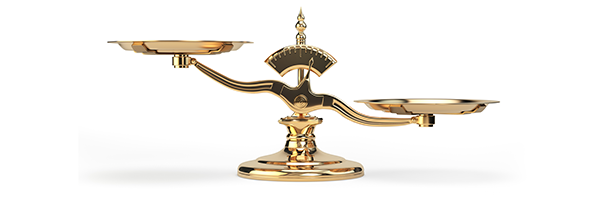After Monday’s selling, the Standard & Poor’s 500 was down 5.2% from its September 2 high.
And as has been usual lately that drop brought the buy-the-dip investors and traders out in force today, Tuesday, October 5
At the close the Standard & Poor’s 500 was up 1.13% and the Dow Jones Industrial Average had gained 0.92%. The NASDAQ Composite and NASDAQ 100, clobbered yesterday on heavy selling among technology stocks, rose 1.25% and 1.40%, respectively. The small cap Russell 2000 was higher by 0.53% and he iShares MSCI Emerging Markets ETF (EEM) climbed 0.73%.
As long as the buy-the-dip buyers come out in force after any dip, its unlikely that we’ll see anything worse than a 5% to 7% decline in October.
Which is why data that points–maybe–to fatigue among the buy-the-dip crowd makes me a little worried.
After the S&P 500 spent two straight weeks in the red in late September, small-lot options traders–retail investors buying 10 options contracts or less at a time–spent just 43% of their total volume on bullish contracts, according to Options Clearing Corp. data analyzed by Susquehanna International Group. That’s the lowest share going to bullish options plays so far this year. And in contrast, as the market sold off further last week, these small-lot traders paid up for puts, driving the daily average premium they were willing to pay for downside protection $480 million, the most since May, according to Susquehanna International. While the premium small-lot traders are willing to pay for downside protection is still off the January highs, the figure has been rising as the stock market kept falling, signaling expectation for even more losses to come.
The most likely explanation of this data is that the appetite for taking risk after a dip is losing some steam.
But retail investors are still not looking for a true correction, a drop of 10% or more. Skew, a technical measure of the cost of bearish versus bullish bets still shows that traders aren’t concerned with the possibility of an outright correction.
You can see some of the market’s “positive ambivalence” in today’s closing prices. By and large the tech stocks that sold off heavily yesterday gained today. But they didn’t make back all of these losses.
For example, CrowdStike (CRWD) and OKTA (OKTA), two cyber security stocks, gained 2.5% and 1.28%, respectively, today. But they dropped 3.52% and 5.51%, respectively, yesterday.
Nvidia (NVDA) up 3.64% today, fell 4.8% yesterday. Facebook (FB) up 2.06% today, was down 4.89% yesterday.
I think you get the idea.



China. Nidec’s big growth market is Chinese electric vehicle makers. They’re all in trouble on the slowdown in China’s economy and the debt crisis. As strange as it seems Evergrande, a real estate developer, is a big player in electric cars too.
What’s with Nidec (NJDCY)?